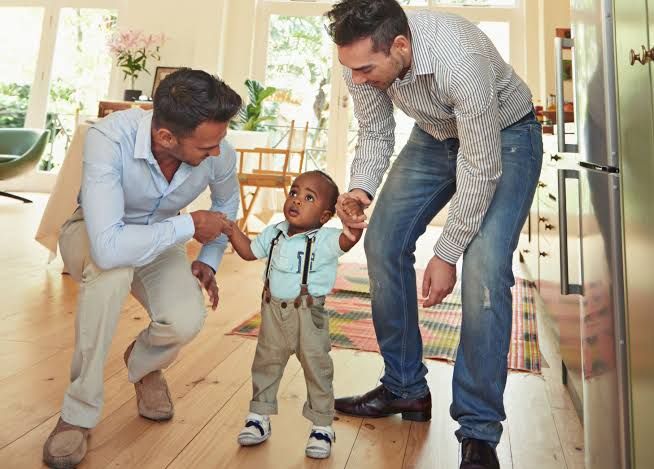Enhancing Estonia's Vitality: The Promise of Genetic Diversity for Health and Resilience
Over the past centuries, Estonia's genetic makeup has been influenced by several historical events, including rule under the Russian Empire, German occupation during World War II, and subsequent Soviet rule. These epochs have undoubtedly left their imprints on Estonia's genetic landscape. However, with the country'

Over the past centuries, Estonia's genetic makeup has been influenced by several historical events, including rule under the Russian Empire, German occupation during World War II, and subsequent Soviet rule. These epochs have undoubtedly left their imprints on Estonia's genetic landscape. However, with the country's population being relatively small and isolated, there has been a limited influx of new genetic material over the years.
Traditionally, Estonia has been a largely homogeneous country, with its people sharing a common culture, language, and genetic heritage. Estonians are predominantly of Finnic origin, closely related to the Finns and more distantly to the Hungarians. This shared genetic heritage, while fostering a strong sense of national identity and cultural unity, has resulted in a gene pool that lacks the diversity found in larger, more cosmopolitan nations.
Why is genetic diversity important?
Genetic diversity is vital for the long-term health and resilience of any population. It provides a buffer against diseases and allows populations to adapt to changes in their environment over time. Without sufficient genetic diversity, a population can become more susceptible to diseases and may find it harder to adapt to new environmental challenges.
For Estonia, enhancing the genetic diversity of its population could potentially lead to increased resistance to certain diseases and improved overall health. Moreover, a more diverse gene pool can contribute to the richness of the culture, presenting a wide array of physical characteristics, skills, talents, and perspectives that could enrich Estonian society in myriad ways.
How could Estonia increase its genetic diversity?
With Estonia's recent legislation legalizing same-sex marriage and allowing same-sex couples to adopt, the country could see an influx of adopted children from various backgrounds, bringing new genetic diversity into the population. Such a move, while primarily aimed at ensuring equal rights and opportunities, may also have the beneficial side effect of increasing Estonia's genetic diversity.
However, it's essential to remember that these changes will not transform Estonia's gene pool overnight. Genetic diversity is the result of many generations of population mixing, and it will take time for these potential benefits to be fully realized.
Thus, the path Estonia is paving towards increased genetic diversity isn't about 'correcting' its genetic heritage. Instead, it is about enriching the existing genetic diversity, which in turn will contribute to the country's resilience, health, and cultural richness, thereby ensuring a vibrant future for the generations to come.
A Vision for a Healthier Future: The Long-Term Impact of Genetic Diversification in Estonia
Consider a hypothetical situation where Kaps, a child from an African nation, is adopted by a family in Estonia. As Kaps grows, he becomes a part of the community and eventually decides to start his own family with a local Estonian woman. Their children, as a result of this union, inherit a blend of genetic material from both parents.
This merging of diverse genetic backgrounds creates a wealth of potential for the overall health of their offspring and subsequent generations. Given that African populations are among the most genetically diverse in the world, the children of Kaps and his Estonian partner could inherit a broad spectrum of beneficial genetic traits. These might include better resistance to certain diseases, enhanced physical resilience, or even increased adaptability to environmental changes.
However, it's important to remember that the effects of increased genetic diversity in a population are not immediate. In our example, the potential health benefits to the Estonian population would unfold gradually, likely over several decades. The children of Kaps and his partner, and their children in turn, would gradually spread this enhanced genetic diversity through the population, contributing to the overall genetic health of the nation.
While this example might be oversimplified, it serves to illustrate the principle that diversifying a gene pool can have long-term benefits for a population's health and resilience. So, the legislation enabling international adoptions by Estonian couples could have far-reaching effects that stretch well into the future, contributing not only to social and cultural diversity but potentially boosting the overall health of the Estonian nation.
This future vision of a genetically diverse Estonia, however, should not detract from the core reason behind the new legislation: the pursuit of equal rights, opportunities, and happiness for all Estonians, regardless of their gender or sexual orientation.




